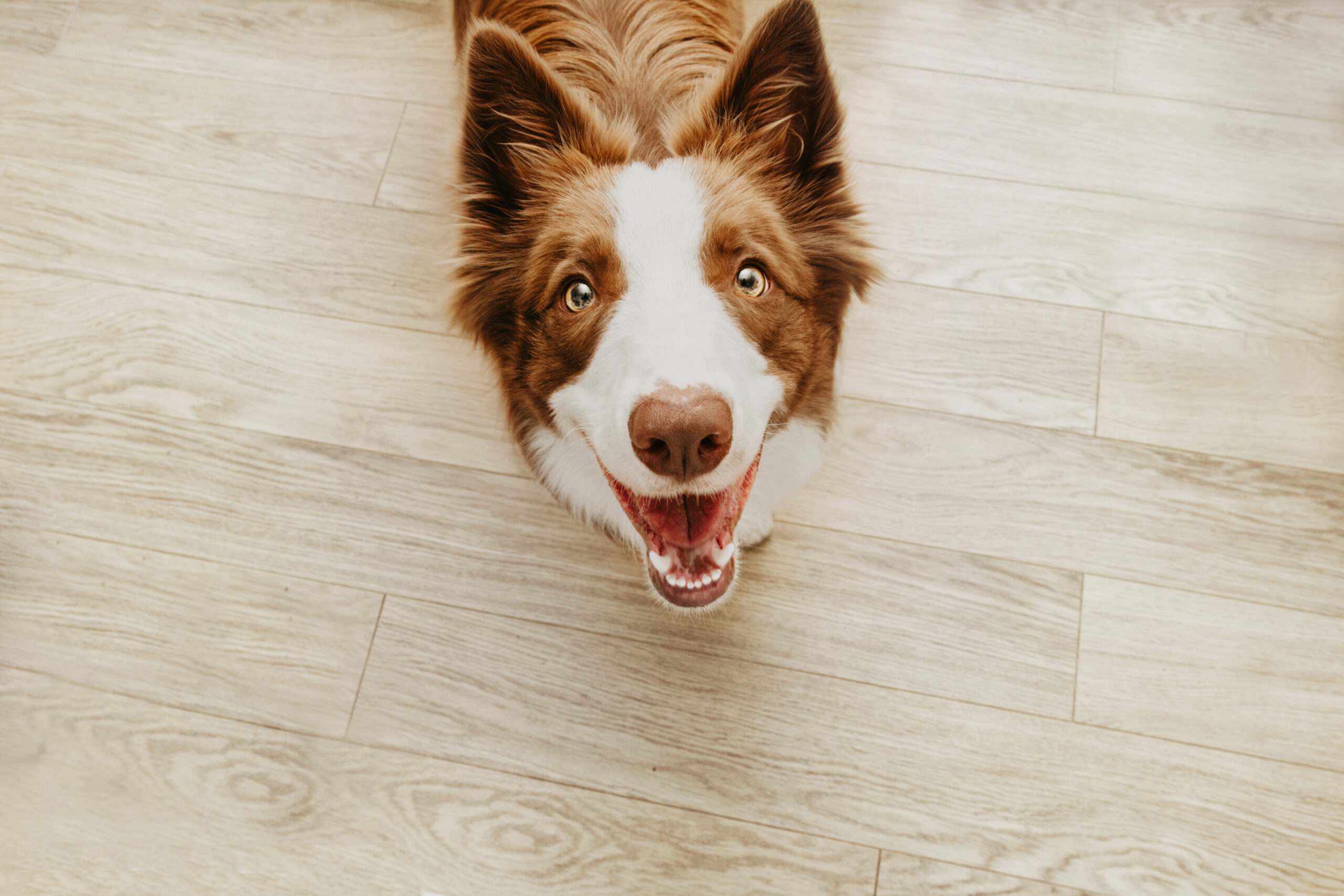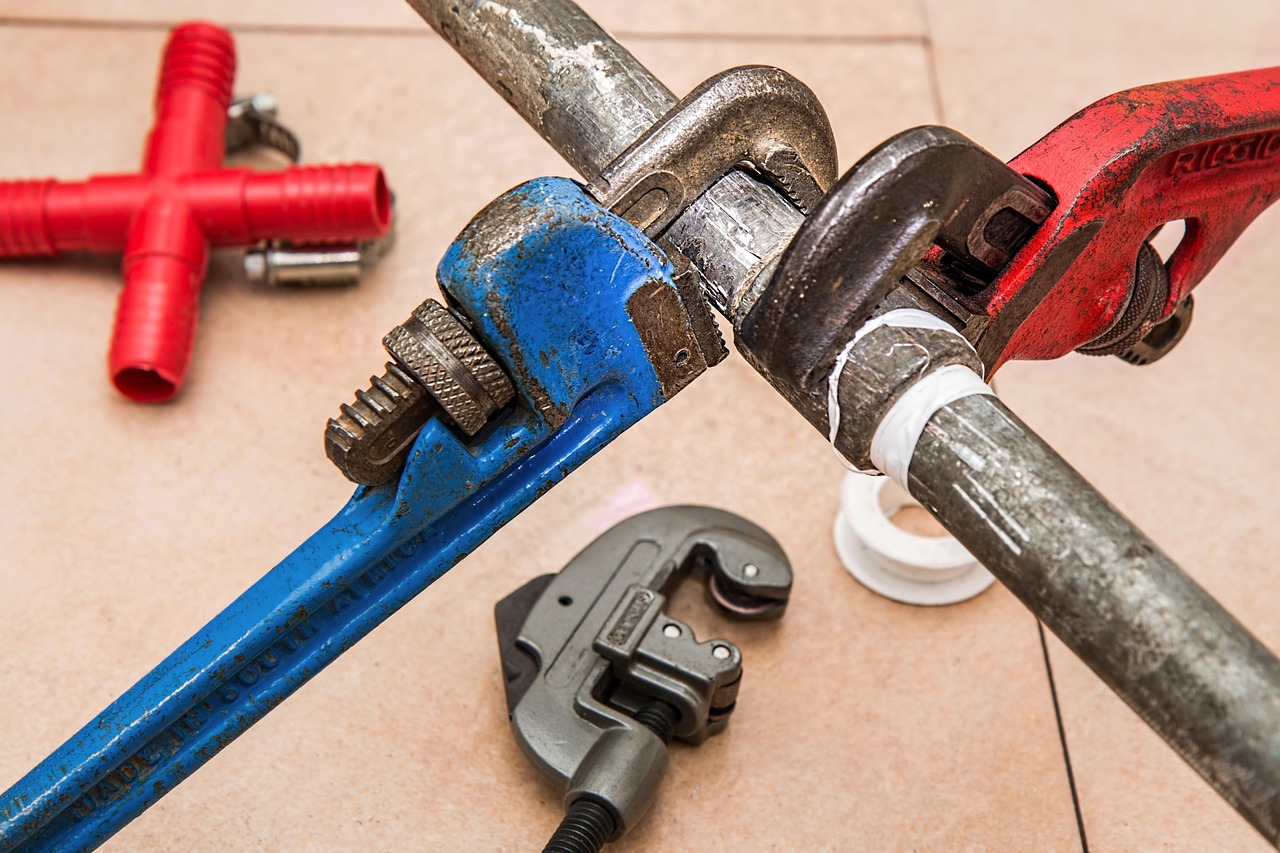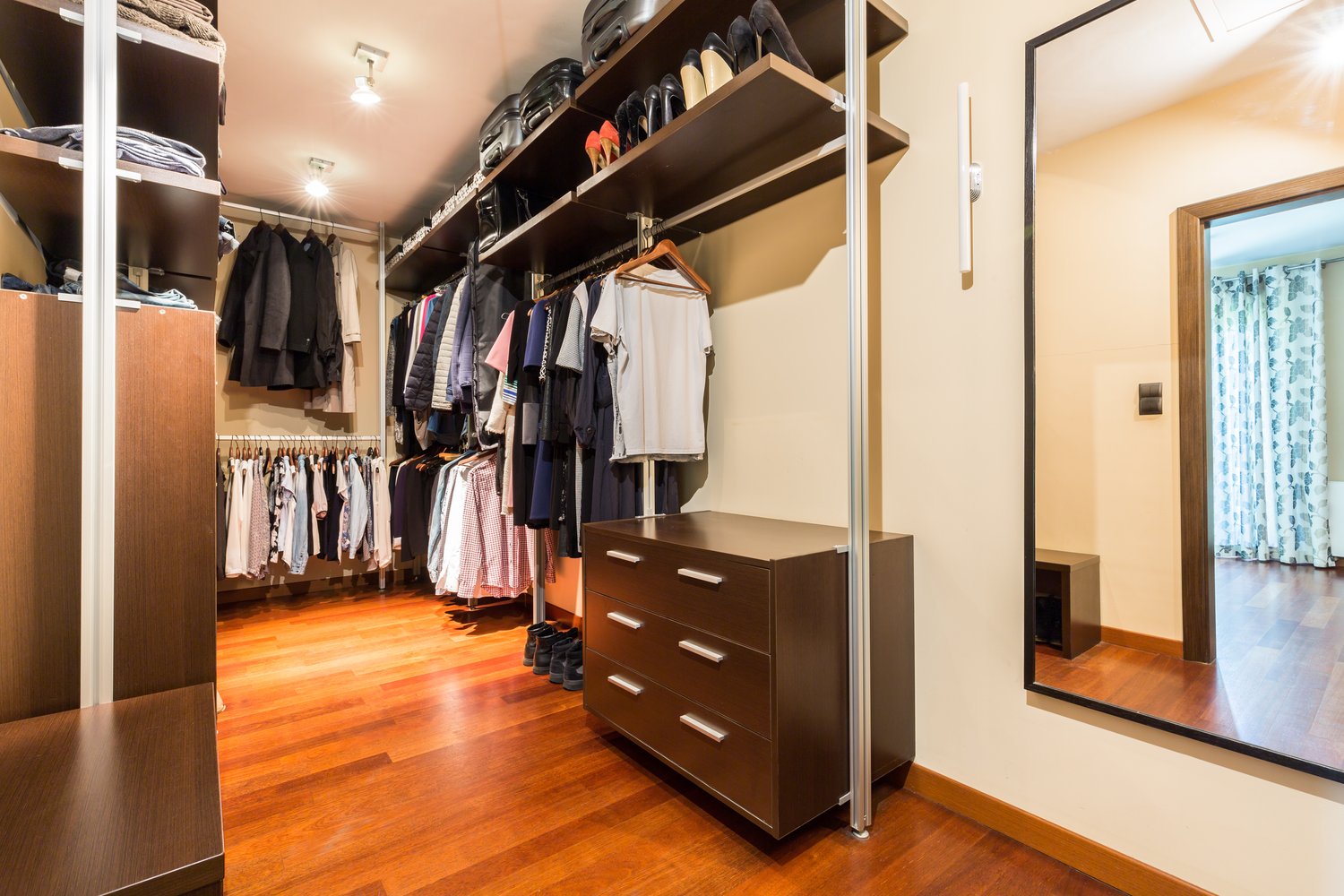Our pets are more than companions—they’re family. And just like us, they thrive in a clean and healthy environment. While we often focus on feeding them the right foods and giving them plenty of exercise, one crucial factor tends to get overlooked: air quality in the home. From dander and dust to cleaning product fumes and allergens, the air inside our homes can contain pollutants that negatively affect both pets and people.
Improving indoor air quality isn’t just about comfort—it’s about health. For pets with sensitive respiratory systems or pre-existing conditions, poor air circulation and unclean environments can lead to significant health problems. The good news? A few strategic changes in ventilation and cleanliness can make a world of difference. Here’s how to ensure your home is a breath of fresh air for your furry friends.
Why Air Quality Matters for Pets
Animals, especially cats, dogs, birds, and small mammals like rabbits or guinea pigs, often spend most of their time indoors. Because pets are typically lower to the ground where dust and allergens settle, they’re more susceptible to indoor pollutants. Dogs and cats can develop allergies, asthma, or respiratory issues, while birds are especially sensitive to airborne toxins and fumes.
Symptoms of poor indoor air quality in pets can include sneezing, coughing, itchy skin, watery eyes, and general lethargy. Chronic exposure can even lead to long-term health conditions. That’s why it’s essential to consider the air your pet breathes as part of your home improvement strategy.
Tip 1: Increase Natural Ventilation
The simplest way to refresh the air in your home is to open windows regularly. This allows stale, contaminated air to flow out and fresh air to come in. Even cracking a window for 15-20 minutes a day can significantly improve air quality.
Bonus Tip: Create a cross-breeze by opening windows on opposite sides of the house. Just be sure windows are screened and secure—especially in homes with cats, small dogs, or birds that might attempt an escape.
Tip 2: Use Exhaust Fans and Air Circulators
Exhaust fans in kitchens and bathrooms help remove moisture and airborne pollutants like smoke, cooking odors, and cleaning product fumes. Run fans while using any strong-smelling product or cooking on the stovetop.
For additional circulation, ceiling fans and portable air circulators can help distribute clean air more evenly throughout the house. Just be sure to clean fan blades regularly, as they can collect dust and redistribute it into the air.
Tip 3: Invest in a HEPA Air Purifier
A high-quality air purifier with a HEPA (High Efficiency Particulate Air) filter can trap pet dander, pollen, dust mites, mold spores, and even some bacteria and viruses. These units are especially helpful in rooms where pets spend the most time.
For multi-pet households or homes with allergy-sensitive animals, consider purifiers with activated carbon filters as well—these can help neutralize pet odors and chemical smells.
Tip 4: Vacuum and Dust Frequently
Pet hair and dander accumulate quickly, especially in carpeted areas or places with heavy fabrics like curtains or upholstery. Vacuuming at least twice a week with a vacuum equipped with a HEPA filter can dramatically cut down on airborne irritants.
Dusting is just as important. Use a damp microfiber cloth instead of dry dusters, which can kick particles into the air. Don’t forget less visible surfaces like baseboards, window sills, and under furniture—these are favorite hiding places for pet fur and dust bunnies.
Tip 5: Choose Pet-Safe Cleaning Products
Many conventional cleaning sprays, air fresheners, and disinfectants contain harsh chemicals that release volatile organic compounds (VOCs) into the air. These fumes can irritate your pet’s respiratory system or even cause poisoning in extreme cases.
Look for pet-safe, non-toxic cleaners made with natural ingredients, or make your own using vinegar, baking soda, and essential oils (note: some essential oils like tea tree and eucalyptus can be toxic to pets, so do your research first). Always ventilate the area well when cleaning, and keep pets away until surfaces are dry.
Tip 6: Groom Pets Regularly
Routine grooming reduces the amount of dander and hair that gets released into your home’s air. Brushing your pets outside (or in a well-ventilated area) minimizes indoor buildup. Regular baths, depending on your pet’s breed and needs, can also help reduce skin flakes and allergens.
Don’t forget about smaller pets like rabbits or ferrets—they need clean cages, fresh bedding, and occasional grooming too. Neglecting these can lead to a buildup of ammonia, especially from urine, which is harmful to breathe.
Tip 7: Maintain Your HVAC System
Your heating and cooling systems play a massive role in circulating air throughout your home. Change air filters regularly—ideally every 1-2 months in a pet-friendly home—to keep air flowing cleanly.
Consider having your ducts cleaned annually if you have multiple pets or notice a persistent musty odor. This prevents hair and dander buildup in the system, which can degrade air quality over time.
Final Thoughts
Your pets rely on you for more than just food and affection—they also count on you to provide a safe and healthy environment. By taking steps to improve ventilation and cleanliness in your home, you can help ensure your furry (or feathery) companions breathe easier, live healthier, and feel more comfortable every day.
So crack a window, fire up the vacuum, and let the fresh air in. Your pets—and your lungs—will thank you.



